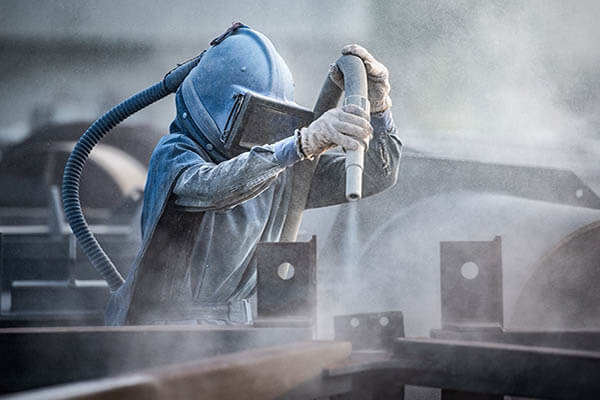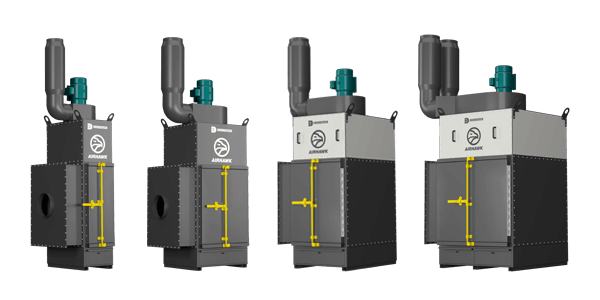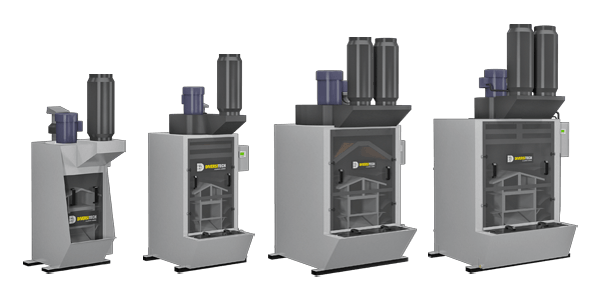Abrasive blasting is a process used by many manufacturers to finish a material surface or to remove, prepare or clean contamination from a part by propelling abrasive media at high speed into the workpiece. There are many different types of blasting processes depending on the level of abrasion required. It is vital to protect worker’s health and safety while blasting as this application typically generates large amounts of abrasive and workpiece material dust which can be hazardous to inhale and explosive.
Blasting Applications & Equipment
There are many types of blasting methods used by industry, each with their own characteristics:
- Wheel blasting
- Sandblasting
- Wet Abrasive blasting
- Bead blasting
These are some of the blasting systems that can be used:
- Blast Cabinet
- Blast Room
- Robotic or Automated blasting systems
- Portable blast systems



